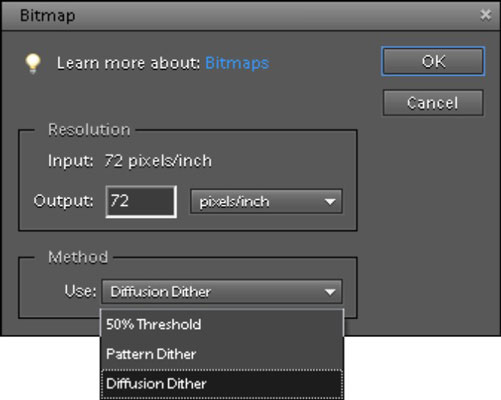

- #Fontforge quick import bmp how to
- #Fontforge quick import bmp install
- #Fontforge quick import bmp full
- #Fontforge quick import bmp free
When the font is finished, I'll use it at multiples of 10 points (the same as the number of pixels) so that everything is an integer: if a glyph is the full 400 points, it will span 400/400*10=10 pixels a 6 pixel glyph would take up 40*6=240 points for 240/400*10=6 pixels, etc.įrom the onset, if you're starting with a blank font, all of the glyphs will have red X's in them. I decided to make capital letters, punctuation, and numbers fixed width, but lower case letters variable width (this lets me have nicely aligned menu screens that use all capital letters, but saves space when displaying other text.) The font I used as a starting point was using roughly 40 points per pixel. My example font is designed to be a maximum of 10x10 pixels. There's no special setting for fixed width - to make a fixed width font, you just set the width of each character to the same value. You have a couple of decisions to make from the offset: the resolution in pixels of your font, how many points you'll use in FontForge per pixel, and whether the font will be fixed width or not. This resulted in uneven spacing until I corrected the em size. As an example, I was originally using a maximum glyph width of 400 but left the em size at 1000. If your pixel font ends up being a non-integer number of pixels across, you'll have spacing issues. Getting the size right from the start is important. If your goal is just to turn an existing pixel font into a fixed width font, it's pretty easy: select all the glyphs you're going to use or use Edit > Select > Glyphs Worth Outputting, Metrics > Set Width to the maximum width, and Metrics > Center in Width to center them all. (Strangely enough, if your em size is not a power of 2, FontForge will complain, so by default it's going to complain about the em size! You can safely ignore these warnings - you probably don't want an em size that's a power of two, unless the pixel resolution of your characters is also.) You can change the em size by choosing Element > Font Info from the menu, clicking on the General tab, and changing the value in the box, which by default is 1000. The glyph width is set on a character-by-character basis by choosing Metrics > Set Width from the menu. Pixel width = (glyph width / em size) * font size The size, in pixels, of a character in your font is given by this formula: Knowing this will allow you to get everything pixel-perfect from the beginning. One thing you need to understand right off the bat is how the final pixel size of your font will be calculated.

To use an existing font, just open it with File > Open. To create a new empty font, choose File > New - this gives you freedom at the expense of making things a bit more difficult.
#Fontforge quick import bmp install
Note that I'm doing this on a Linux system FontForge works on Windows and OS X, but some of the minor details might be different, so you'll have to figure those bits out yourself.Īfter you install and start FontForge, you have two choices: either use an existing font as a starting point, or create everything from scratch.
#Fontforge quick import bmp free
We'll be using FontForge, a free font editor that's quite powerful and easy enough to use once you get the hang of it.
#Fontforge quick import bmp how to
Note that this tutorial is not so much about how to design the appearance of the font, but in the mechanical aspects of creating a TrueType font that can be rendered by standard text libraries. I'll then cover two options for converting bitmap strikes to outlines so that they'll be rendered correctly by other applications, with a custom shell script I wrote for this purpose that will trick FontForge into tracing pixelated outlines of your bitmaps for you. In this tutorial, you'll learn how to create a font, how font sizing works, how to draw glyphs by outline, and how to use the bitmap strike editor to draw your font pixel-by-pixel.

An advantage to making your own font is the freedom to add whatever symbols your game requires. You may have also noticed that the & symbol is a heart. You'll notice that I've replaced a lot of the latin-1 character set with standard RPG symbols like swords, shields and potions.


 0 kommentar(er)
0 kommentar(er)
